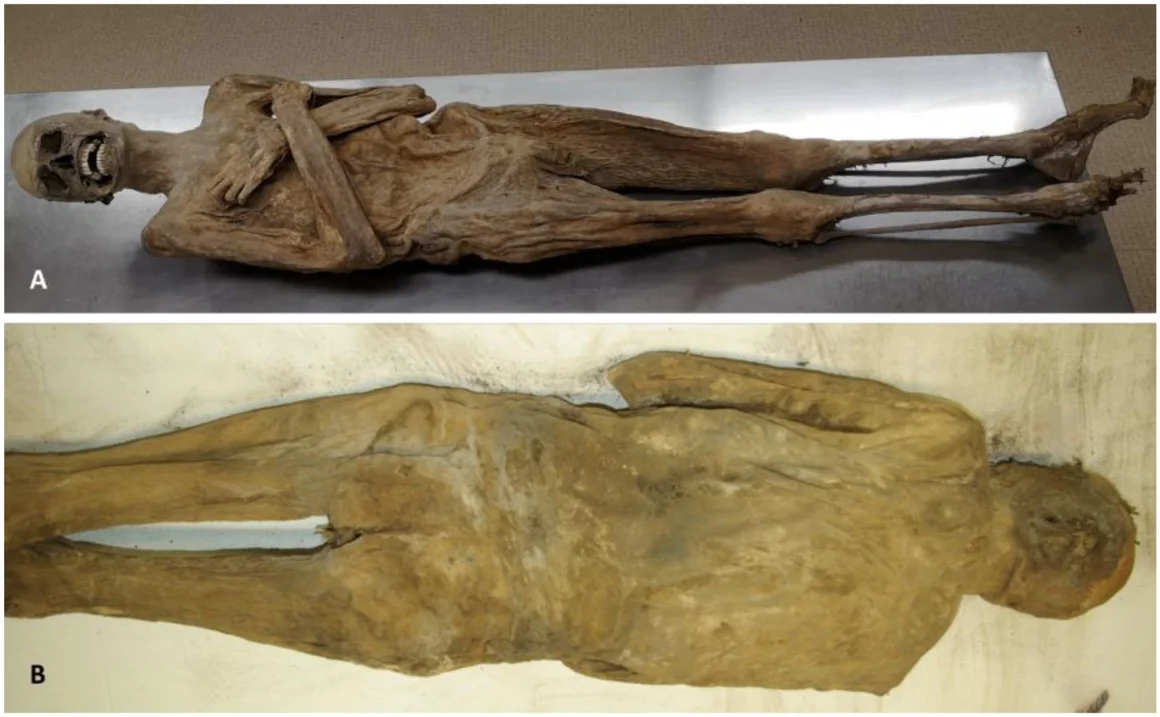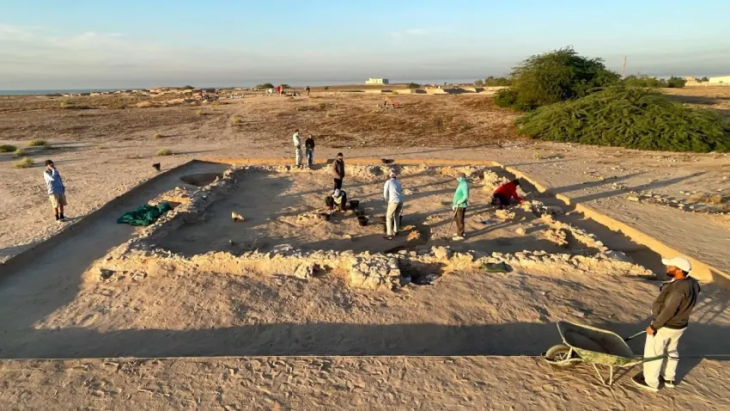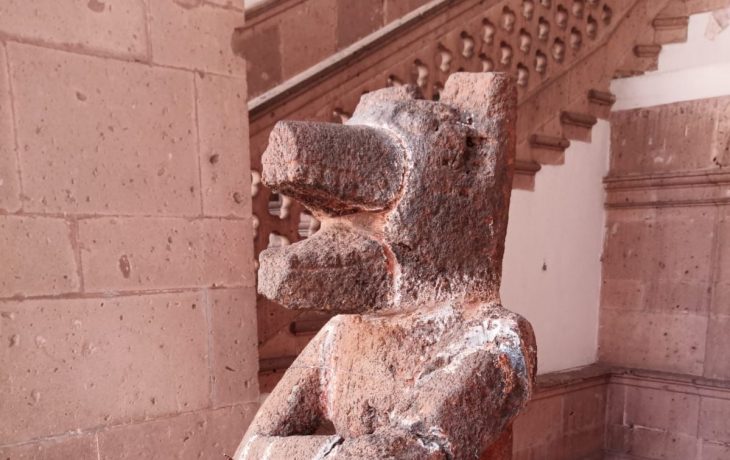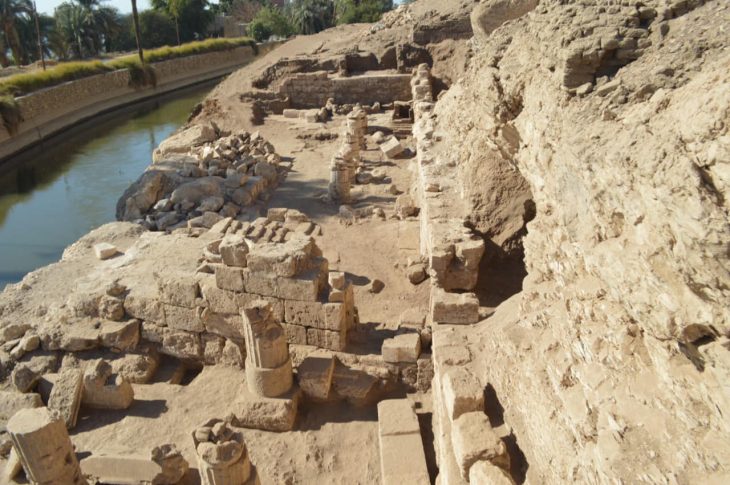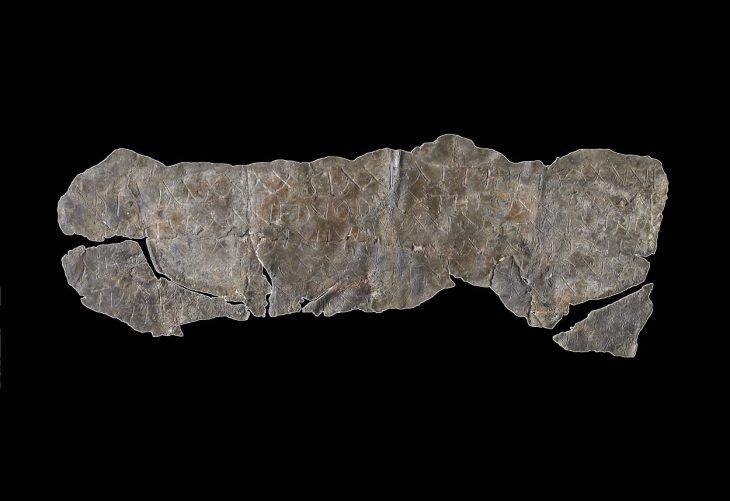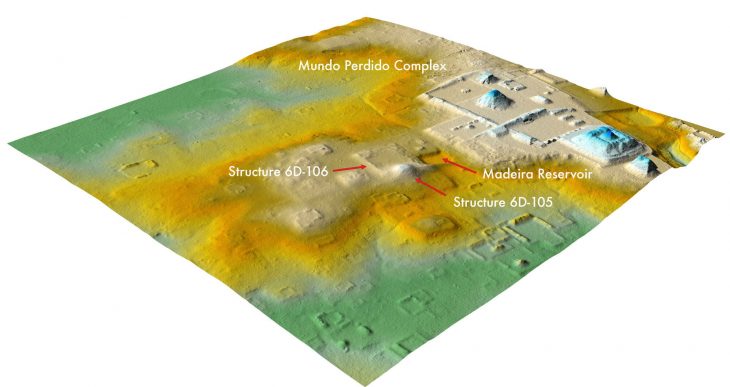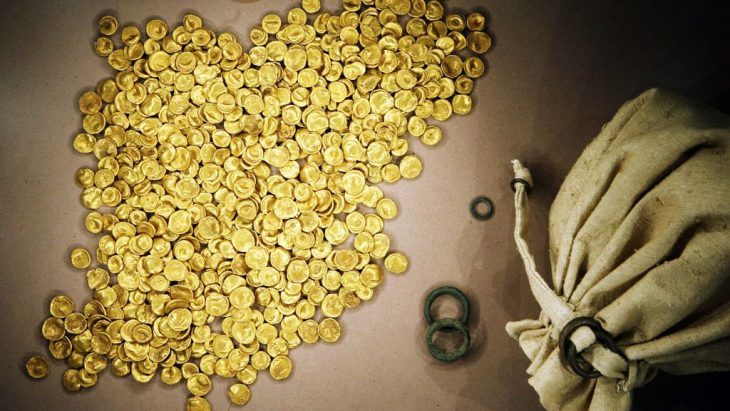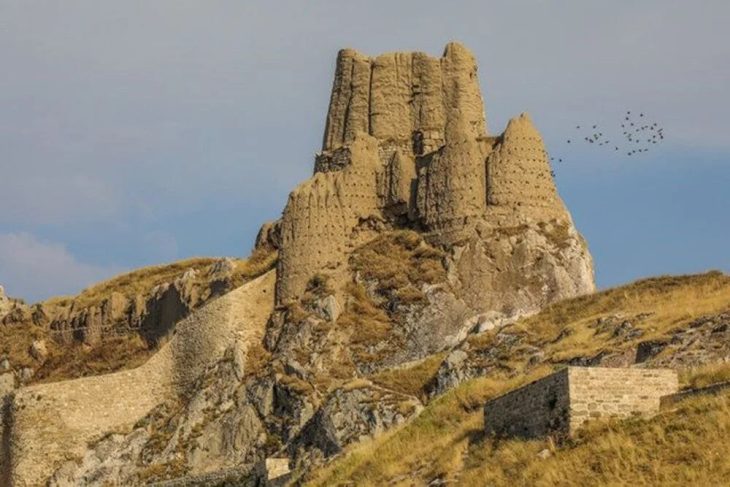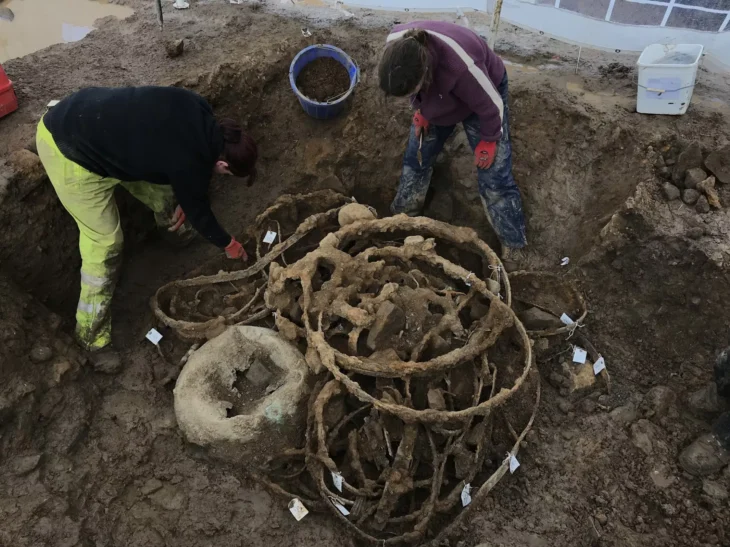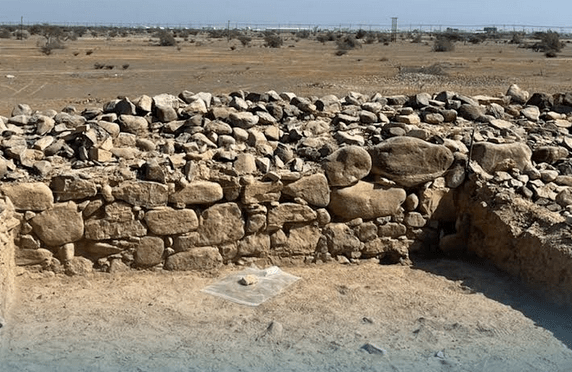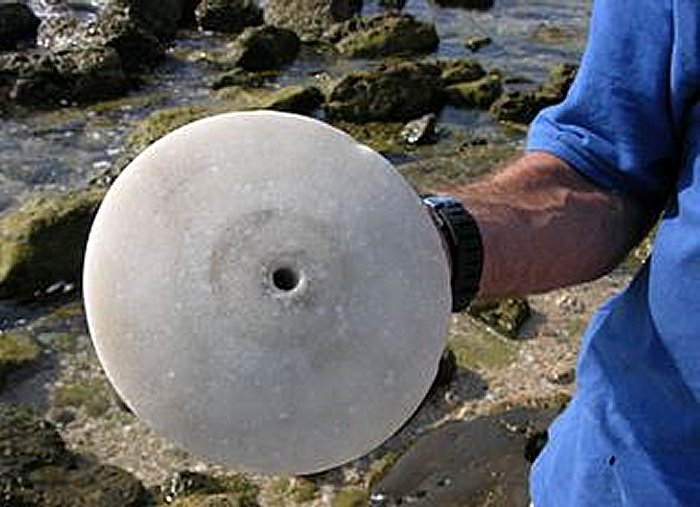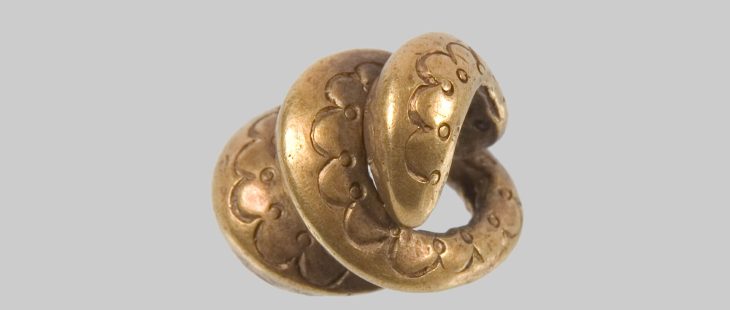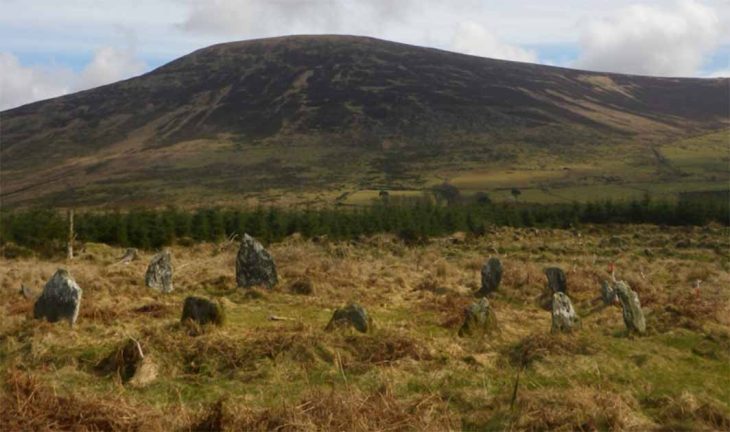Researchers investigating a remarkably well-preserved mummy discovered in the church crypt of St. Thomas am Blasenstein, a small village in Austria, have unearthed a unique and previously undocumented embalming method. The mummified remains, identified as a local parish vicar who died around 300 years ago, were found to be stuffed with an unusual mixture of materials, including twigs, wood chips, and treated with zinc chloride, resulting in minimal decay of the torso.
This remarkable study, published in Frontiers in Medicine, marks the first report of such an embalming technique. Through a comprehensive multidisciplinary approach, including CT scanning, a limited autopsy, and radiocarbon dating, the international team of scientists not only confirmed the mummy’s identity but also shed light on the extraordinary preservation of the body, which they have playfully termed the “air-dried chaplain.”
The study authors suggest that this peculiar method of preservation, which involved inserting the materials through the rectal canal, may have been employed to prevent the spread of disease via miasma. Furthermore, they note that the remarkably intact state of the corpse could have easily fueled miraculous beliefs among the local population had the coffin been opened or the remains relocated later.
A Departure from Traditional Embalming
While mummification has been practiced globally for centuries, with diverse methods evolving across cultures, this discovery reveals a starkly different approach. Dr. Andreas Nerlich, a pathologist at Ludwig-Maximilians-Universität and the lead author of the study, stated, “The unusually well-preserved mummy in the church crypt of St Thomas am Blasenstein is the corps of a local parish vicar, Franz Xaver Sidler von Rosenegg, who died in 1746.” He further elaborated, “Our investigation uncovered that the excellent preservation status came from an unusual type of embalming, achieved by stuffing the abdomen through the rectal canal with wood chips, twigs and fabric, and the addition of zinc chloride for internal drying.”
The extensive analyses revealed that while the mummy’s upper body remained remarkably intact, the lower extremities and head exhibited significant post-mortem decay. Inside the abdominal and pelvic cavities, researchers found a variety of foreign materials, including wood chips from fir and spruce trees, fragments of branches, and various fabrics such as linen, hemp, and flax – all readily available in the region during that era.
The researchers posit that this unique combination of materials was key to the mummy’s exceptional preservation. “Clearly, the wood chips, twigs, and dry fabric absorbed much of the fluid inside the abdominal cavity,” explained Dr. Nerlich. Complementing these absorbents, toxicological analysis detected traces of zinc chloride, known for its potent drying effects.
This method contrasts sharply with better-known embalming practices that involve surgically opening the body. Dr. Nerlich suggests that this rectal insertion technique might have been more common than previously recognized, potentially going unnoticed in cases where post-mortem decay had obscured the evidence.
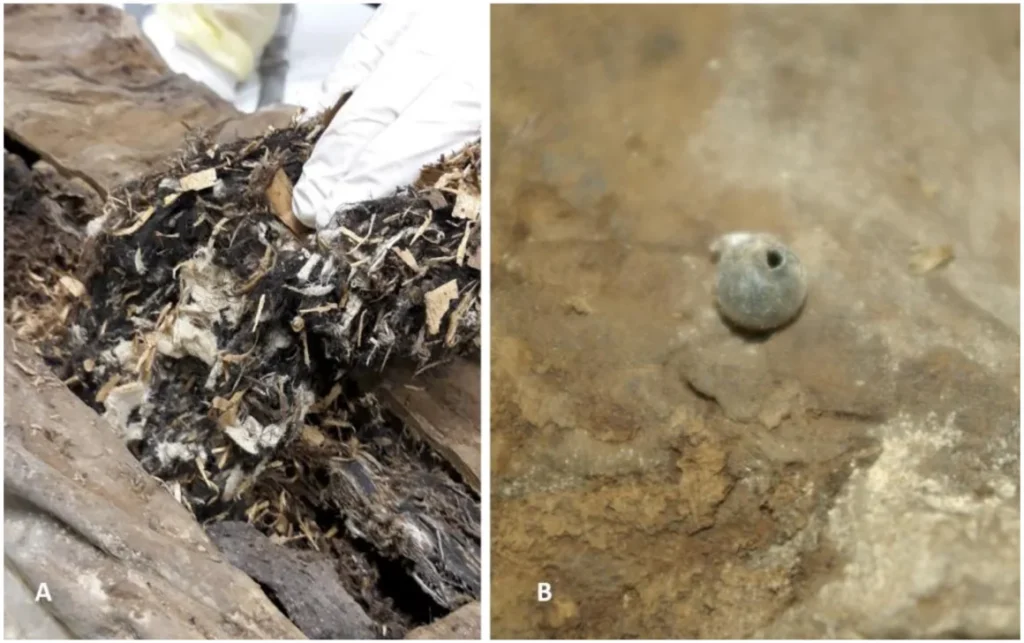
Adding to the intrigue, a small glass sphere with holes at both ends, possibly a bead from a rosary or another monastic application, was found within the mummy. Its singular presence suggests it might have been accidentally lost during the preparation process.
Unmasking the “Air-Dried Chaplain”
Although local rumors had long associated the mummy with Franz Xaver Sidler von Rosenegg, this study provides definitive confirmation. “The identification of the mummy comes from our interdisciplinary analysis, especially with the radiocarbon dating, his body activity pattern, and the stable isotope pattern,” Dr. Nerlich affirmed.
The analyses indicated that the individual died between 35 and 45 years of age, most likely between 1734 and 1780, aligning perfectly with Sidler’s known lifespan. Furthermore, isotopic analysis of a bone sample revealed a high-quality diet rich in central European grains, animal products, and possibly freshwater fish, consistent with the lifestyle of a local parish vicar. The lack of significant skeletal stress further supports a non-laborious priestly life. Interestingly, evidence of a long-term smoking habit and lung tuberculosis towards the end of his life was also discovered.
Dr. Nerlich noted historical accounts suggesting that cadavers were sometimes “prepared” for transport or extended viewing, though precise descriptions of these preparations are lacking. He speculated that Sidler may have been intended for transport to his home abbey, located approximately 15 kilometers away, but for unknown reasons, the journey never occurred, leaving his remains in the crypt of St. Thomas am Blasenstein.
This research holds significant import documented instance of this peculiar embalming method but also for highlighting the value of comprehensive, multidisciplinary analysis in studying mummified remains. It also rectifies a previous misinterpretation from a 2000 X-ray analysis, which mistook the glass bead for a potential poisonous capsule. The current study emphasizes the necessity of advanced imaging techniques like CT scans in future mummy research to avoid such misinterpretations and to uncover hidden details about past lives and practices.
The findings underscore that mummification practices were likely more diverse and widespread than currently understood, offering valuable insights into historical attitudes towards death, burial customs, and even the daily lives and health of individuals from centuries past.
Nerlich, A. G., Hofer, P., Panzer, S., Lehn, C., Wimmer, J., Nowak, O., Musshoff, F., & Peschel, O. K. (2025). The mystery of the “air-dried chaplain” solved: The life and “afterlife” of an unusual human mummy from eighteenth century Austria. Frontiers in Medicine, 12. https://doi.org/10.3389/fmed.2025.1560050
Cover Image Credit: The mummy’s external appearance from the front (A) and back (B) showed no incisions on the body. Credit: Andreas Nerlich

